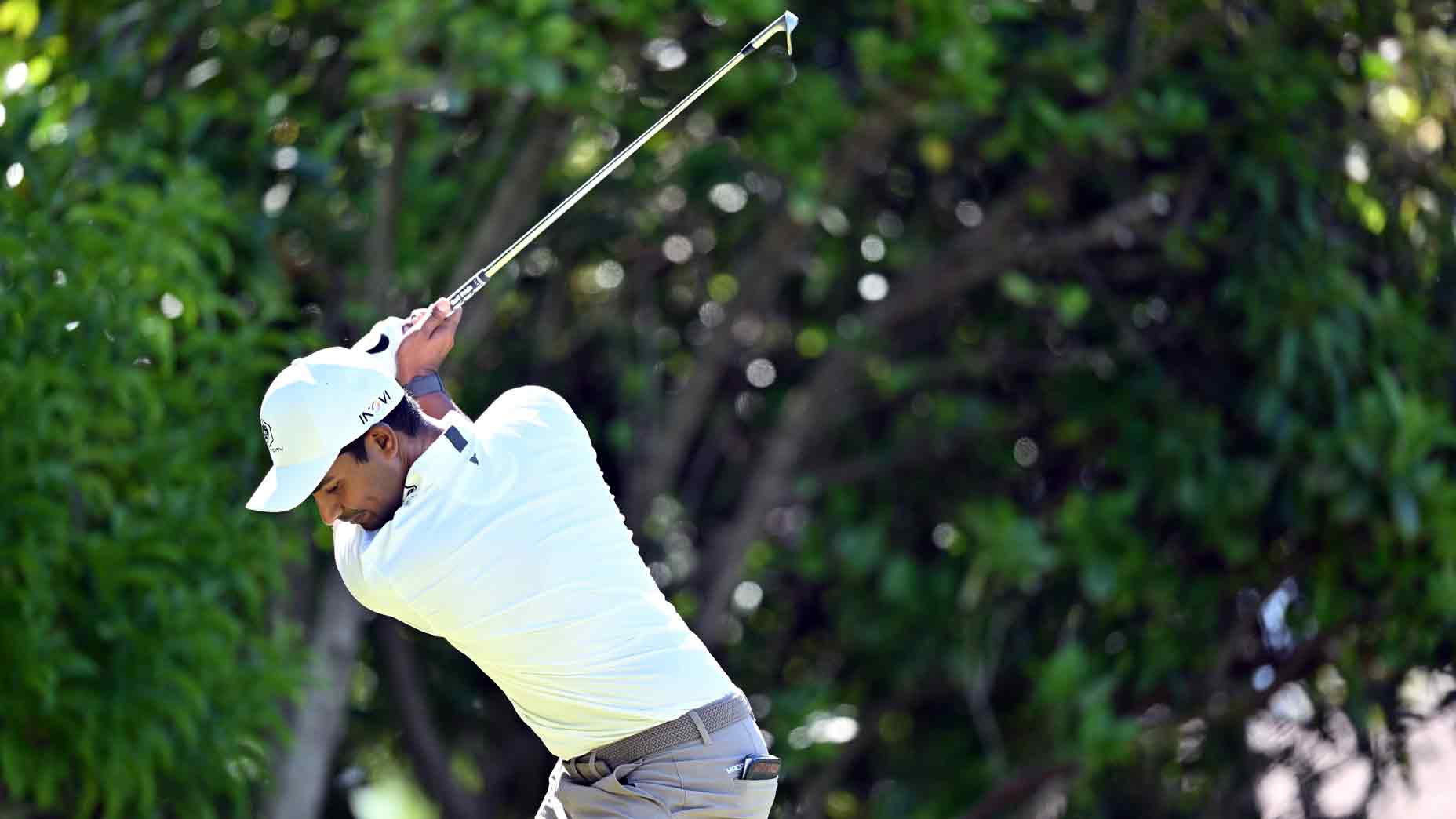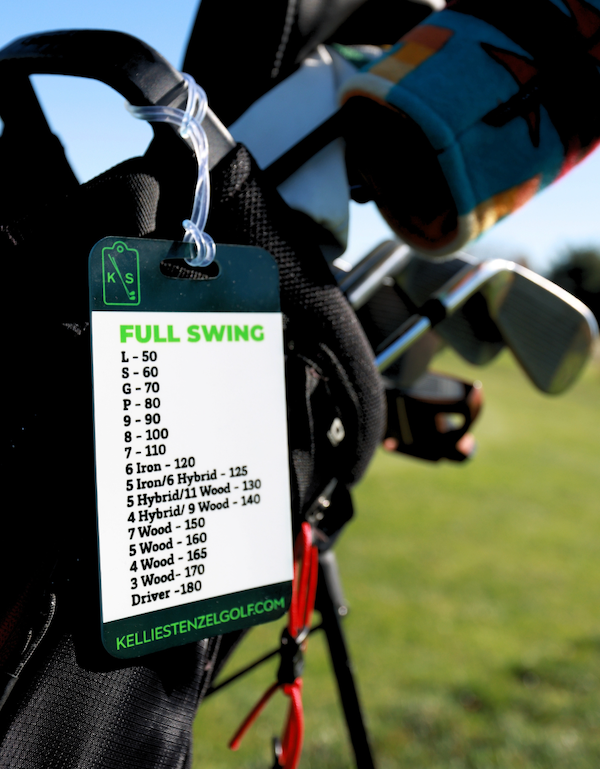
These 10 tips will help your short irons become a serious weapon on your quest to lowering scores.
Getty Images
Using a short iron and sticking it close to the pin is a great feeling, and instantly boosts your confidence to go finish the hole strong by making your putt.
When you have the ability to hit your short irons well, you give yourself better opportunities to make more pars and birdies. Naturally, this makes the game more fun and begins to show you the improvements every golfer wants to see in their game.
But being able to dial in these types of shots requires a number of different elements, and I highlight these below.
When you have more chances to score low in golf, the game is always more enjoyable. And by following my 10 tips here, you can focus on mastering your short irons and start to see the ball get closer to the hole. Check them out!
1. Solid contact starts with great posture
When I’m giving lessons, proper golf posture is one of the most important fundamentals I preach, as it has a huge influence on making solid contact from the center of the clubface.
Always use a balanced and athletic posture, where you’re bent from the hips. This allows the club to get to the ground and help launch your short irons correctly.
2. You need to hit the ground
Golf can be confusing because, in order to get the ball into the air, a player must actually hit down (as opposed to thinking they need to lift or scoop!). When a player does the latter, it can lead to an incorrect swing motion and an unfortunate result.
This is why you must hit the ground correctly while using your irons. This means having great posture and the willingness to extend your trail arm down, releasing the club in order to lift the ball with solid contact.
3. Take a practice swing
Some people prefer not to take a practice swing, but I always think it’s important to feel the shot in front of you. After all, in order to hit a solid iron shot, you need to hit the ground — and a practice swing is the best way to get this feeling, which will help you avoid topping a shot.
Each iron is different in length, so a practice swing also allows you to adjust your swing accordingly.
4. Still allow rotation
When you use a short iron, it typically means you’re closer to the green — that doesn’t mean you aren’t making a full swing, though.
So always allow yourself to have full rotation both back and through.
5. Stick the finish
Every golfer wants to hit a shot that makes crisp, center-face contact — and having balance is how that’s going to happen.
Notice how great iron players hold their finish and pose after impact? That’s a great habit to get into doing until the ball lands, as it helps maintain your swing balance all the way through.
6. Square may look open
Short irons have more loft — which is important to remember — as higher-lofted clubs can look “open” at address. While the leading edge is ideally perpendicular to the target, the top line may look crooked or open.
Your grip or shaft will likely have something to tell you when the club is setting properly — so use this at address to check your clubface position before taking your shot.
7. Try the scrape drill
When I’m teaching a student about hitting short irons, one of my favorite contact drills is the scrape drill.
From address, practice scraping the club along the ground in a semi-circle, making sure you don’t use any backswing — but still pull up your trail heel as you naturally would in the full swing.
This drill helps identify what your forward swing should do, and will provide the feels you need in order to make better contact.
8. Taking a little off
So many recreational players struggle with distance control, but it’s critical to dial this in when using a short iron.
When looking to take a little off, but still make consistent contact, I suggest gripping it a bit lower on the handle. Just remember to keep your regular, full finish.

9. Know your distances
Part of understanding distance control is knowing how far you hit each club in the bag. Unfortunately, many students I work with have no idea what their stock shots are with every club — which makes it difficult to confidently make a club selection during a round.
I’ve made numerous yardage charts to help with this, which is a simple way to understand exactly what club you need for certain distances.
10. Practice to targets for both direction and distance
Having a more focused golf practice can make a big difference on the course when it comes to hitting your short irons more successfully.
After you warm up and start to make good contact, I suggest practicing shots to different targets on the range. This simulates different distances that you may experience during a round.
But be exact with which target you’re aiming for, and attempt to hit a shot as close to that spot as possible — keeping both distance and direction in mind. Once you start to see success doing this, you can really start to build confidence in yourself.








